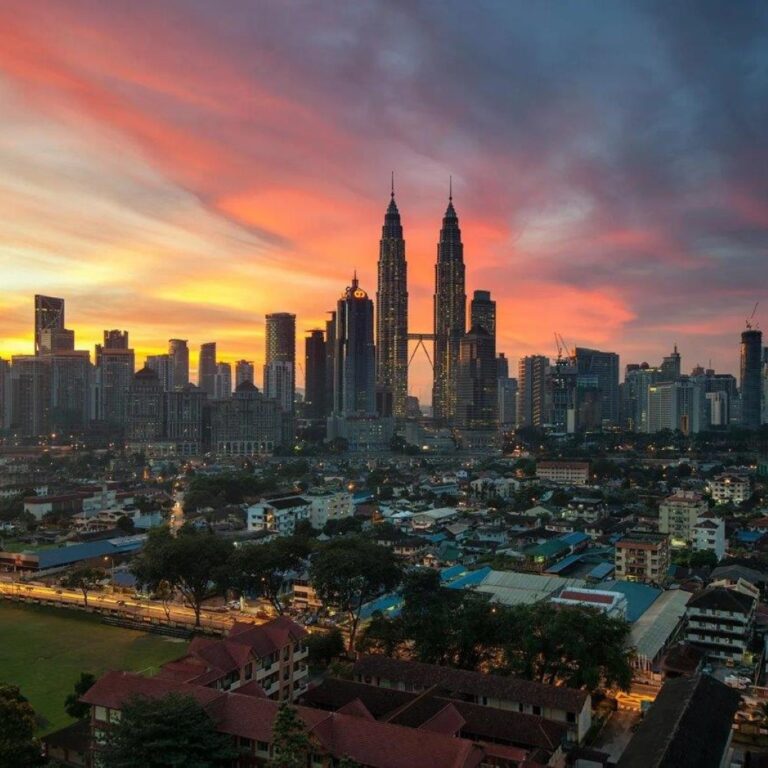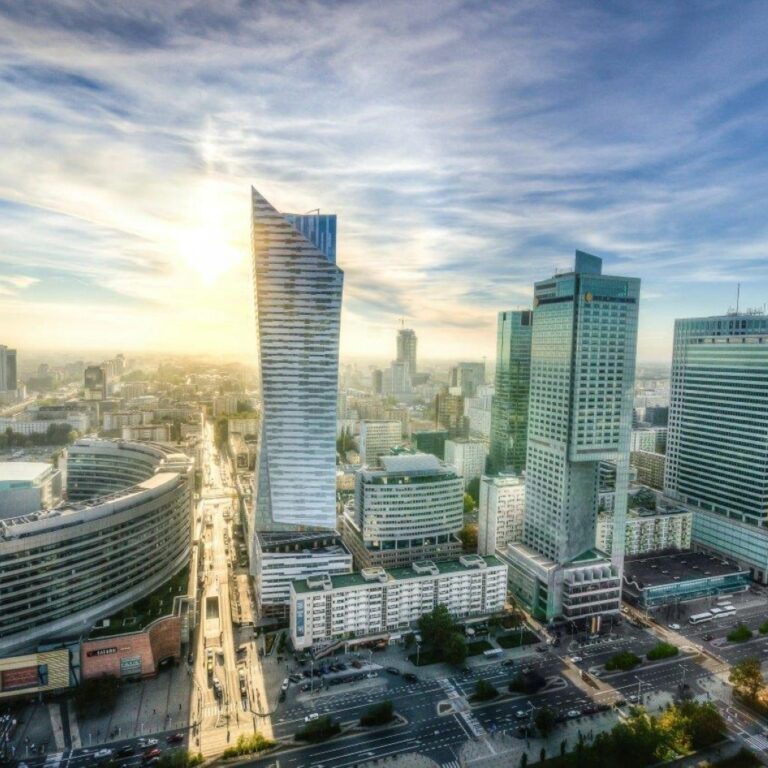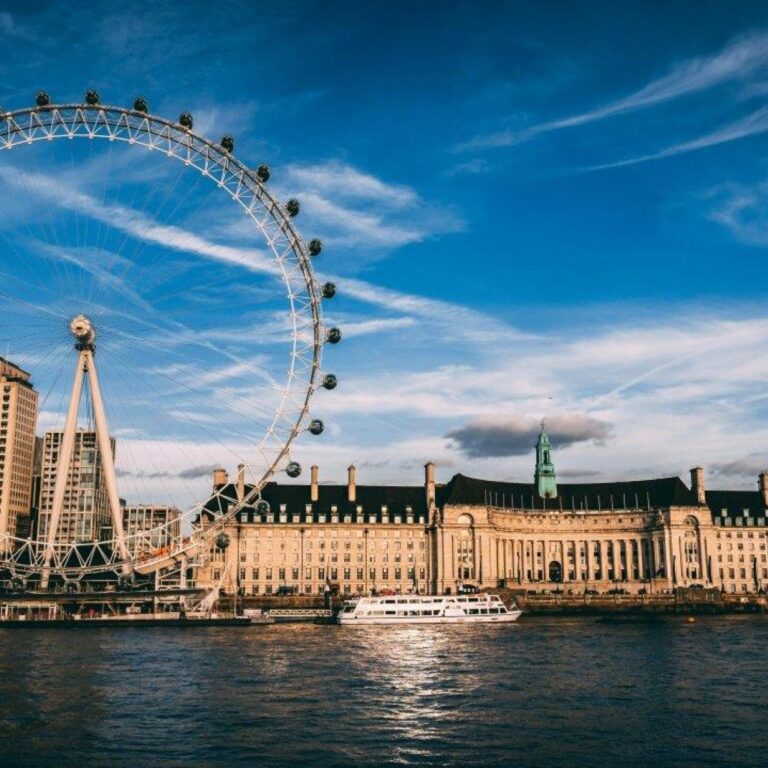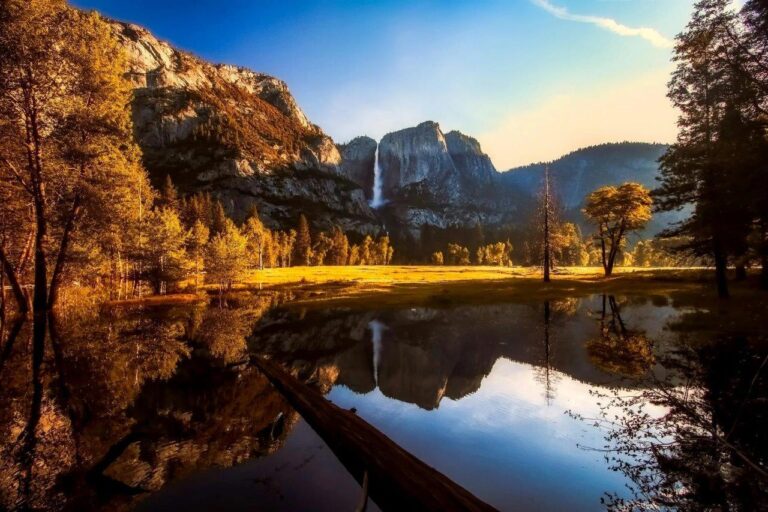Kuala Lumpur was founded in 1857 by Chinese tin miners and has since grown into Malaysia's largest city.
The name 'Kuala Lumpur' means 'muddy confluence' in Malay, referring to its location at the meeting point of the Klang and Gombak rivers.
The Petronas Twin Towers, standing at 452 meters (1,483 feet), were the tallest buildings in the world from 1998 to 2004.
The city is a melting pot of cultures, with significant Malay, Chinese, and Indian communities.
City is home to the world's largest covered bird park, the Kuala Lumpur Bird Park, which houses over 3,000 birds.
Batu Caves, a limestone hill with a series of caves and cave temples, is one of Kuala Lumpur's most popular tourist attractions.
The city's Central Market, also known as Pasar Seni, is a cultural heritage site and a hub for Malaysian arts and crafts.
Kuala Lumpur Tower (Menara KL) is one of the tallest telecommunications towers in the world and offers panoramic views of the city.
The city hosts the annual Malaysian Grand Prix, a Formula One race held at the Sepang International Circuit.
Its diverse cuisine reflects its multicultural population, with a wide range of delicious street food and high-end dining options.
The city has a tropical rainforest climate, with consistent temperatures and high humidity throughout the year.
Kuala Lumpur Sentral is the largest railway station in Southeast Asia, serving as a major transportation hub.
The Islamic Arts Museum Malaysia is the largest museum of Islamic art in Southeast Asia.
The city is known for its vibrant nightlife, with numerous bars, clubs, and entertainment venues catering to both locals and tourists.
City is a major shopping destination, with numerous malls such as Suria KLCC, Pavilion Kuala Lumpur, and Mid Valley Megamall.
How useful was this post?
Click on a star to rate it!



